GIMP 2.10 brings a number of exciting improvements for creative minds and professionals. With this new version, the range of supported file formats has significantly expanded. This means that you can now work even more flexibly with various image files. In this tutorial, I will show you which new file formats are available in GIMP 2.10 and how you can use them effectively.
Key Insights
- GIMP 2.10 now supports image files with a color depth of up to 32 bits per channel.
- The software can now open and edit HEIF files (High Efficiency Image File Format).
- Improved support for Photoshop (PSD) files is available.
- You can open password-protected PDF files and create multi-page PDFs directly in GIMP.
Step-by-Step Guide
First Step: Opening and Editing 32-Bit Image Files
With GIMP 2.10, you have the option to open and edit image files with a color depth of up to 32 bits per channel. This is especially important for working with high-quality TIF and PSD files. For example, when you open a JPEG image, it shows that it generally has a color depth of 8 bits per channel. You can see this in the title bar. However, when you open a TIF file with a color depth of 32 bits, you immediately notice the difference. The display in the title bar changes accordingly.
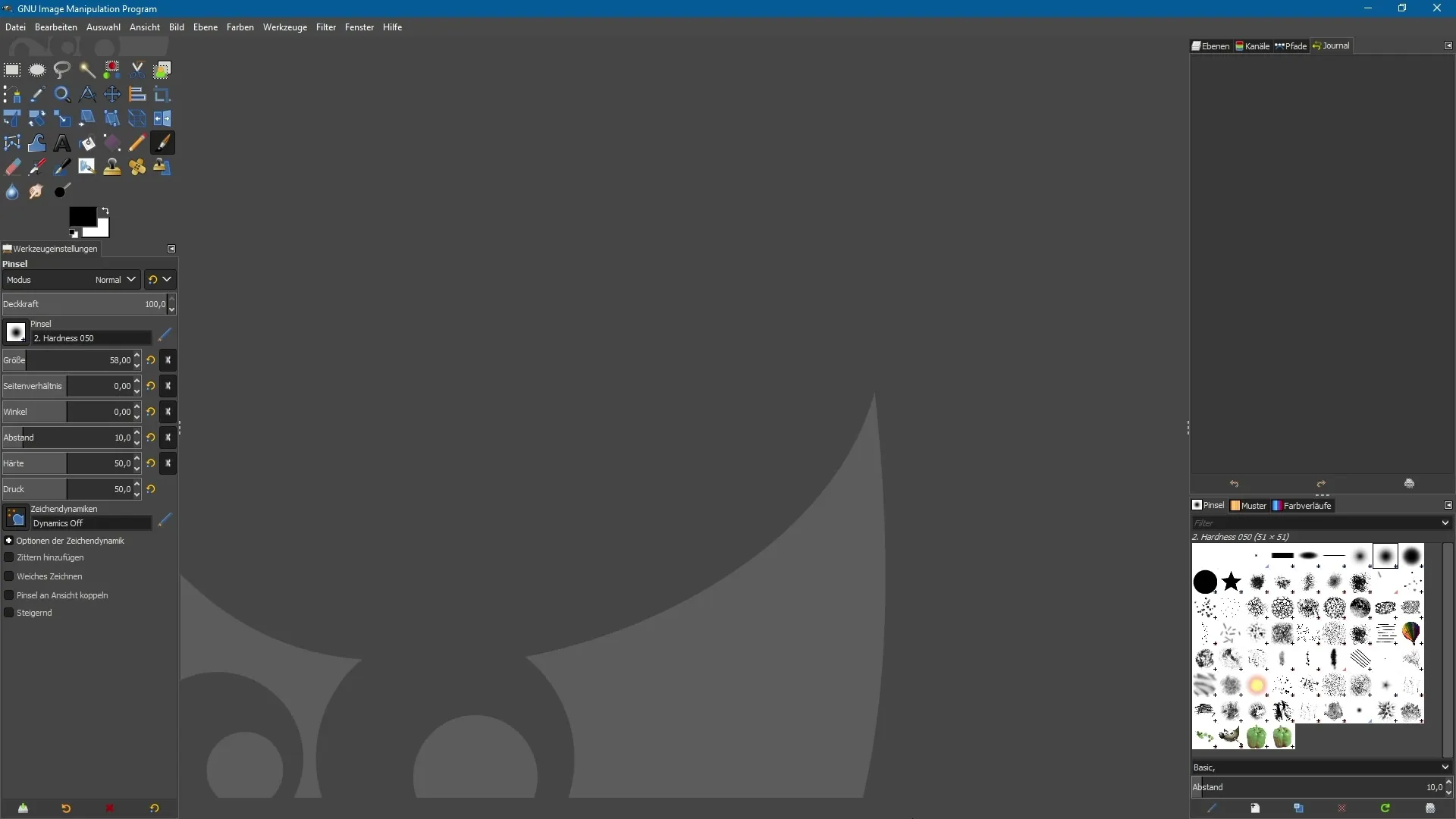
Second Step: Using HEIF Files
GIMP 2.10 also allows you to open HEIF files. This format is commonly used by modern iPhone models. So if you want to edit a HEIF file, you can now easily do so in GIMP 2.10. The software recognizes the file and supports all editing features.
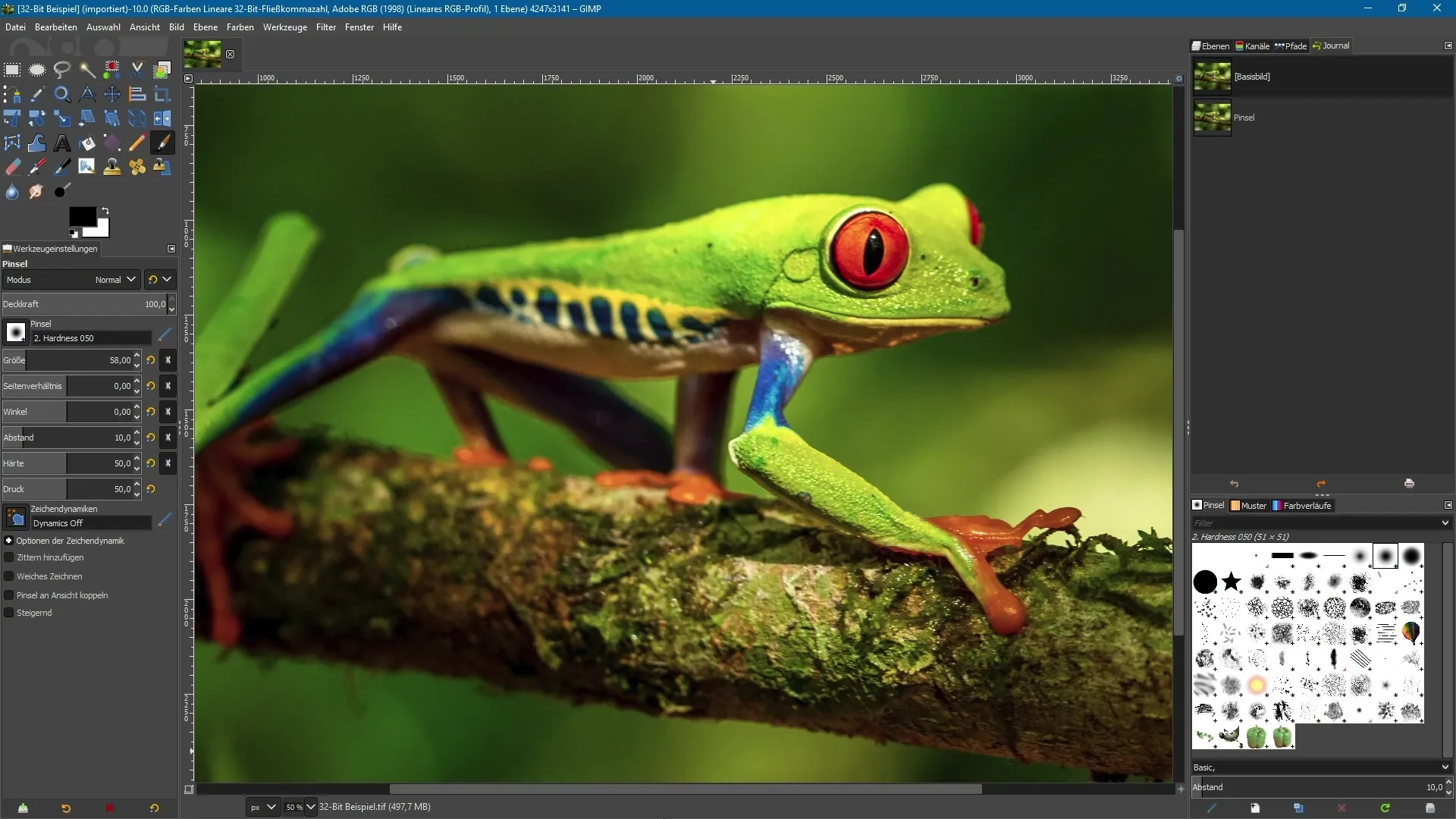
Third Step: Working with Photoshop Files (PSD)
Another major update in GIMP 2.10 is the improved support for PSD files. You can open Photoshop files directly in GIMP. This is done via the menu item “File” and then “Open.” GIMP tries to retain the original layers as accurately as possible. You can see everything from the background layer to various adjustment layers.
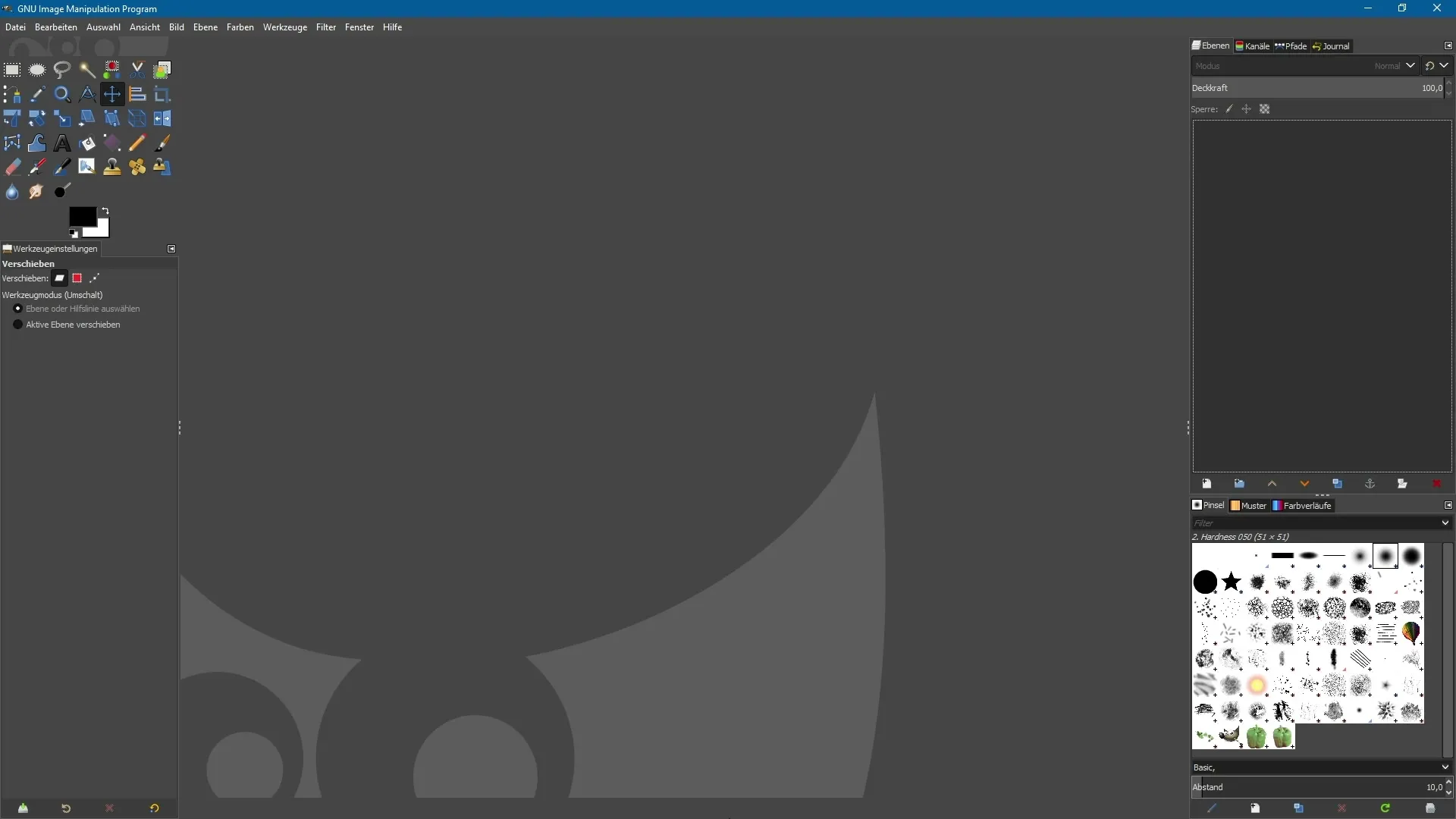
Fourth Step: Setting Maximum Compatibility in Photoshop
To achieve the best results when opening PSD files, I recommend that you enable the option “Maximize Photoshop File Compatibility” in Photoshop. To do this, go to “Edit” and then to “Preferences.” This ensures that all layers and effects can be represented as accurately as possible in GIMP.
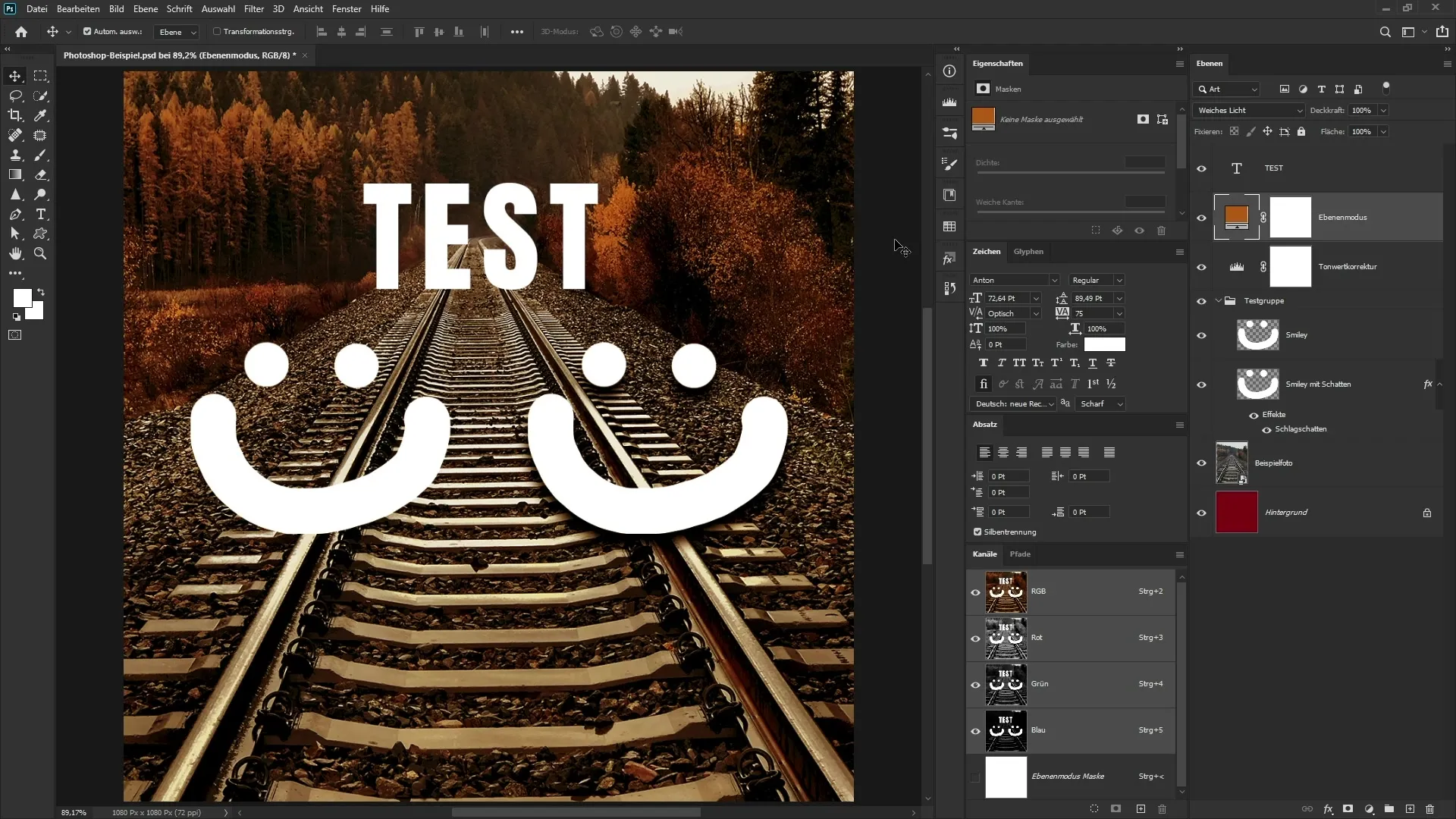
Fifth Step: Working with Password-Protected PDF Files
If you work with password-protected PDF documents, GIMP 2.10 allows you to open them if you know the password. You can create any PDF files, including multi-page ones, directly in GIMP. Simply go to “File” and choose “New” to create and add a new document.
Sixth Step: Creating Multi-Page PDF Files
Creating multi-page PDF documents in GIMP is easy. You can have differently designed layers that are saved as separate pages in the PDF file. Go to “File” and choose “Export.” From there, you can enter the desired file name and make sure that GIMP recognizes that you want to export a PDF file.
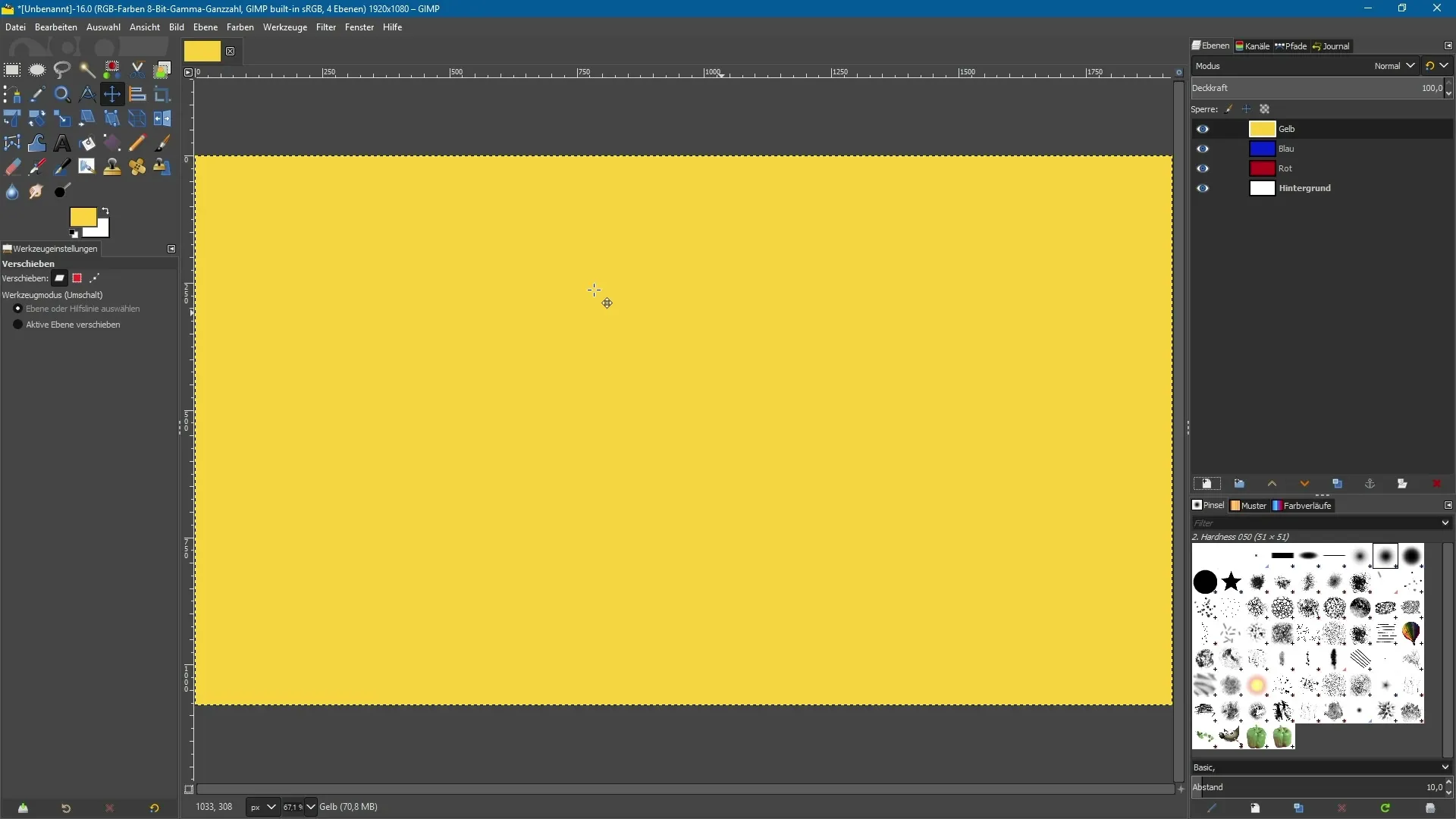
Final Step: Export the PDF File
When exporting, select the option “Layers as Pages” so that each layer is saved as its own page. You have the option to adjust the order of the pages before exporting the document. This way, you can ensure that the PDF looks exactly as you intended.
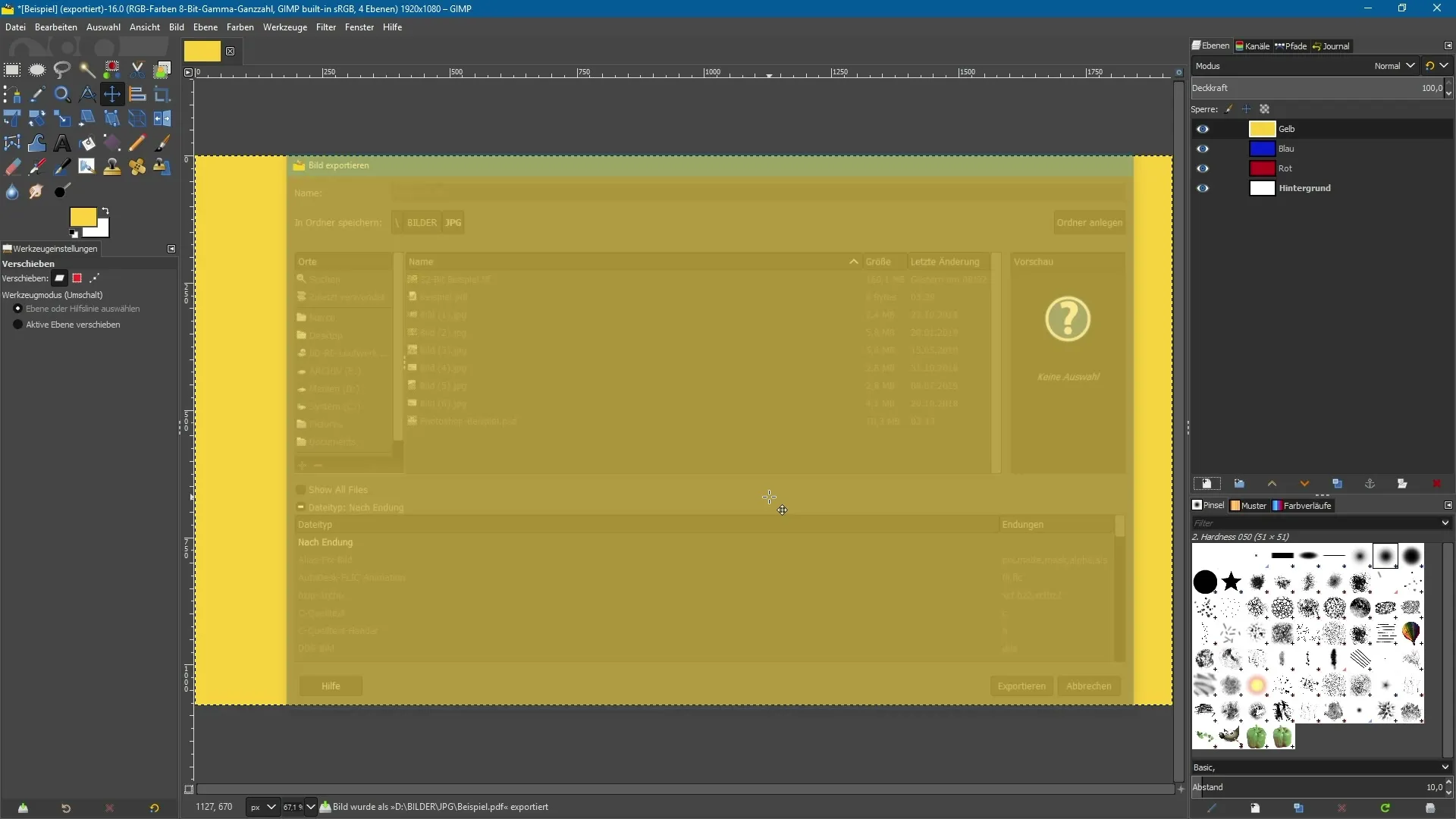
Summary – Support for New File Formats in GIMP 2.10
In this tutorial, you have learned about the key new features of GIMP 2.10, especially the expanded support for various image and file formats. You can now effectively work with 32-bit images, HEIF files, Photoshop documents, and password-protected PDFs, as well as create versatile multi-page PDFs.
Frequently Asked Questions
How can I open 32-bit image files in GIMP 2.10?Open the image file via “File” > “Open” and the title bar displays the color depth.
Can GIMP open HEIF files?Yes, GIMP 2.10 supports HEIF files, which are mostly used by iPhones.
How do I open PSD files in GIMP?Go to “File” > “Open” and select the PSD file from your system.
How can I open password-protected PDFs in GIMP?You can open password-protected PDFs if you know the password.
How do I create multi-page PDFs in GIMP?Create the layers, go to “File” > “Export” and select “Layers as Pages.”


